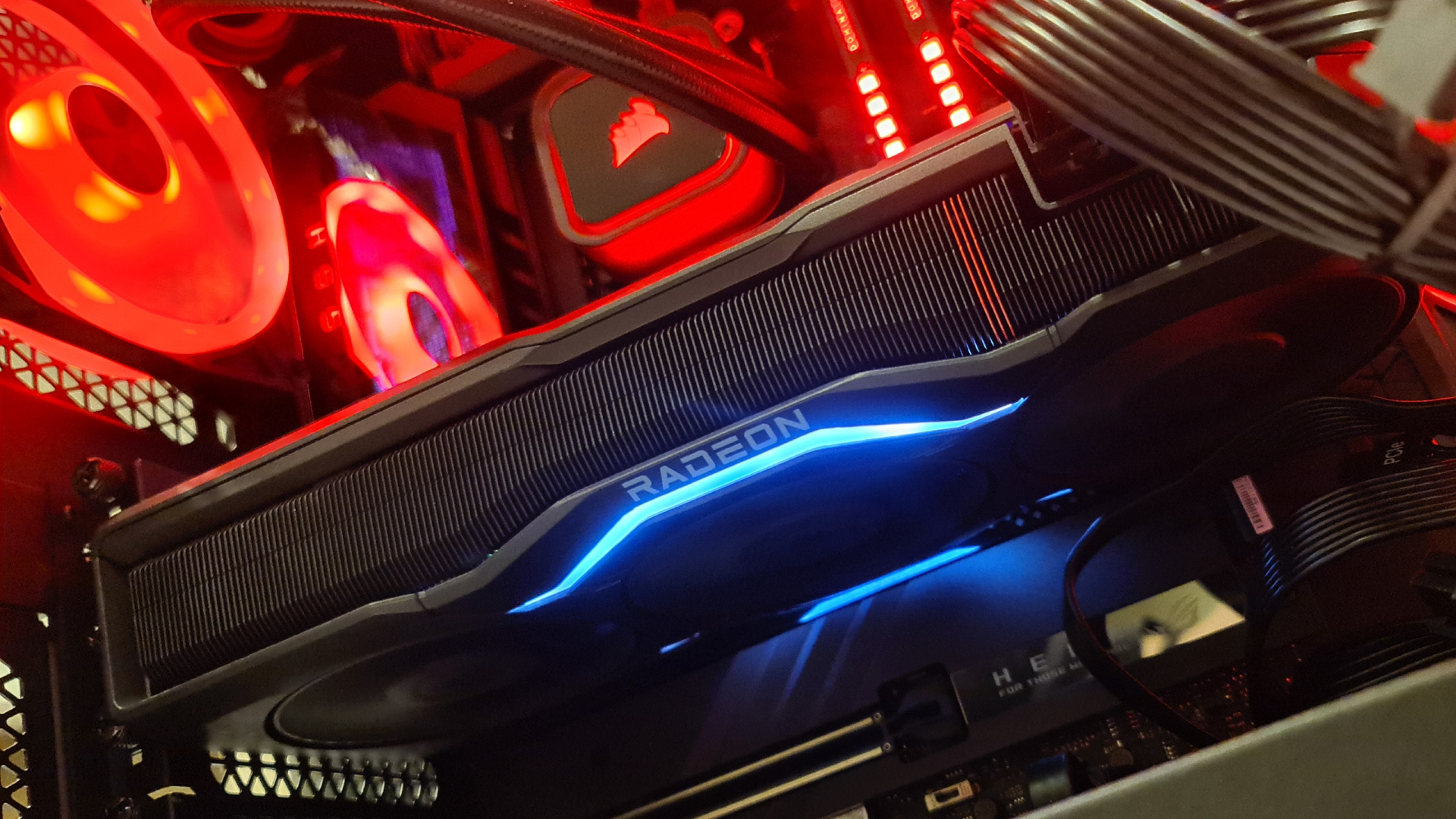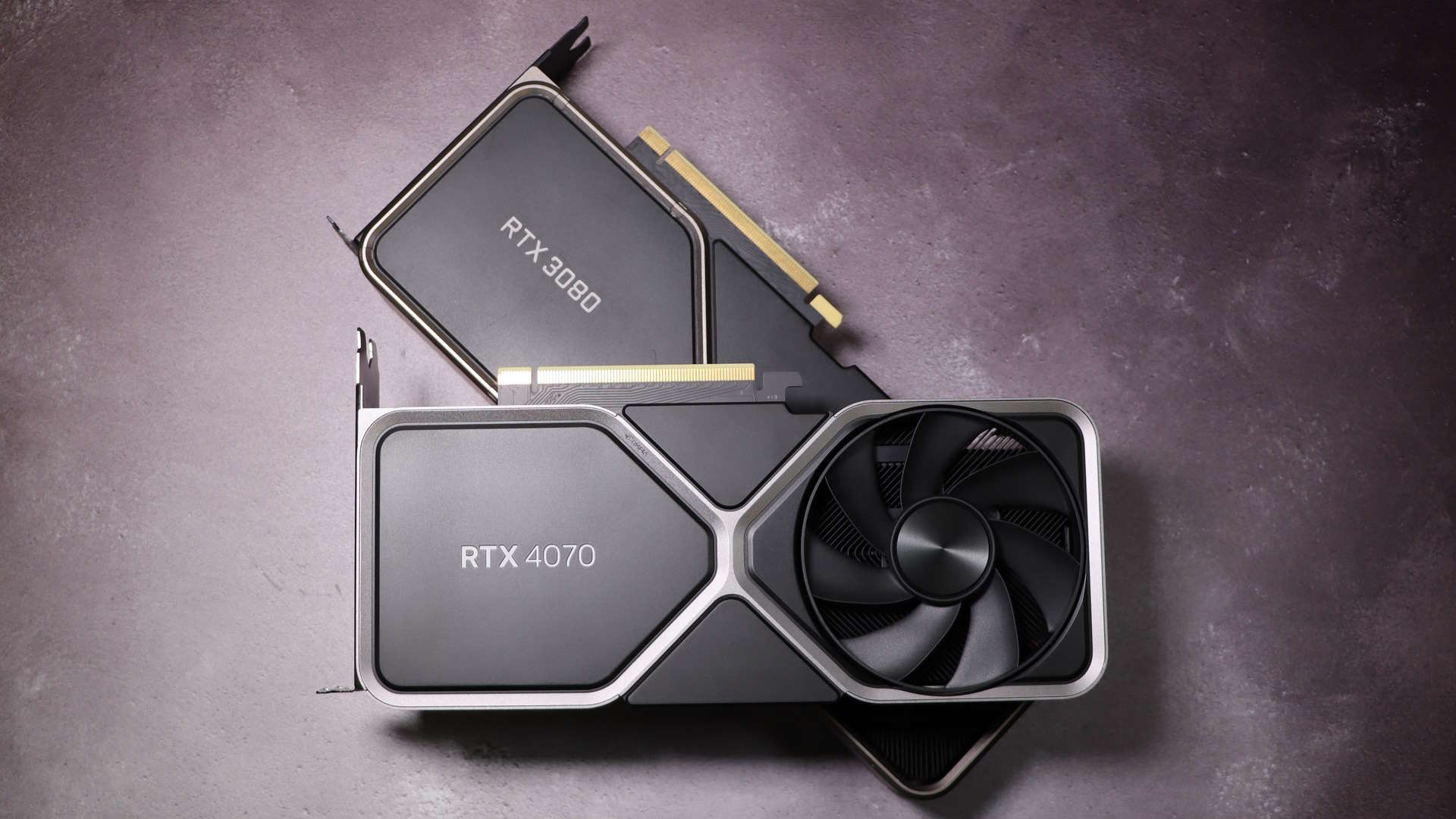
When it comes to the top-end of the GPU market, AMD has struggled in recent years against Nvidia's offerings. The RX 7900 XT and RX 7900 XTX are far from bad graphics cards, but put up against the RTX 4080 Super and RTX 4090, it can be a tough sell to recommend the AMD cards against the green team opposition unless the price is right.
In an interview with Tom's Hardware, AMD's senior vice president and general manager of the Computing and Graphics Business group Jack Huyhn seems to think that going for the high-end of the market with the next-generation of AMD GPUs shouldn't be a top priority:
"I’m looking at scale, and AMD is in a different place right now. We have this debate quite a bit at AMD, right? So the question I ask is, the PlayStation 5, do you think that’s hurting us? It’s $499. So, I ask, is it fun to go King of the Hill? Again, I'm looking for scale. Because when we get scale, then I bring developers with us.
"So, my number one priority right now is to build scale, to get us to 40 to 50 percent of the market faster. Do I want to go after 10% of the TAM [Total Addressable Market] or 80%? I’m an 80% kind of guy because I don’t want AMD to be the company that only people who can afford Porsches and Ferraris can buy. We want to build gaming systems for millions of users."
That would tie in with long-standing rumours that AMD's RDNA 4 GPUs were focussing on the mid-range sector, without a halo product to compete with the RTX 4090 (or whatever the RTX 5090 might end up being).
When asked if AMD was going after the flagship market at all, however, Huyhn did leave the door open for potential ultra-high-end cards in future:
"One day, we may. But my priority right now is to build scale for AMD. Because without scale right now, I can't get the developers. If I tell developers, ‘I’m just going for 10 percent of the market share,’ they just say, ‘Jack, I wish you well, but we have to go with Nvidia.’ So, I have to show them a plan that says, 'Hey, we can get to 40% market share with this strategy.'
"Then they say, 'I’m with you now, Jack. Now I’ll optimize on AMD.' Once we get that, then we can go after the top."
It's an interesting point. Given that AMD's GPU market share was estimated to be around 19% in the last quarter of 2023, ensuring that developers still think it's worth their while to optimise for AMD cards may be a priority. Although it could also be read as an expectation management strategy for upcoming cards that might not be as performant as AMD would like.
Still, if the new AMD cards can deliver excellent mid-range performance for significantly less cash than Nvidia's offerings, that'd likely tempt more gamers into the fold.

Best CPU for gaming: The top chips from Intel and AMD.
Best gaming motherboard: The right boards.
Best graphics card: Your perfect pixel-pusher awaits.
Best SSD for gaming: Get into the game ahead of the rest.
That being said, what you get with a modern Nvidia card is the ability to take advantage of DLSS 3—and in the mid to budget range cards, great upscaling with significant performance gains is likely to matter to gamers looking for the most bang for their buck.
While AMD's FSR 3.1 is capable of keeping up in the performance stakes, in our testing we found it still has a long way to go when it comes to preserving image quality compared to Nvidia's solution.
More than that, however, if Nvidia has no real competition at the top-end of the market for a new generation, there's no real incentive to lower pricing to be competitive. If the new AMD cards really are missing a high-end competitor, that means Nvidia is really the only place to go for the best performance if you've got the cash to splash.
Good news for mid-range buyers, I guess. For those looking for top-end performance, however, it looks like Nvidia might be the only game in town for the new generation of cards.







